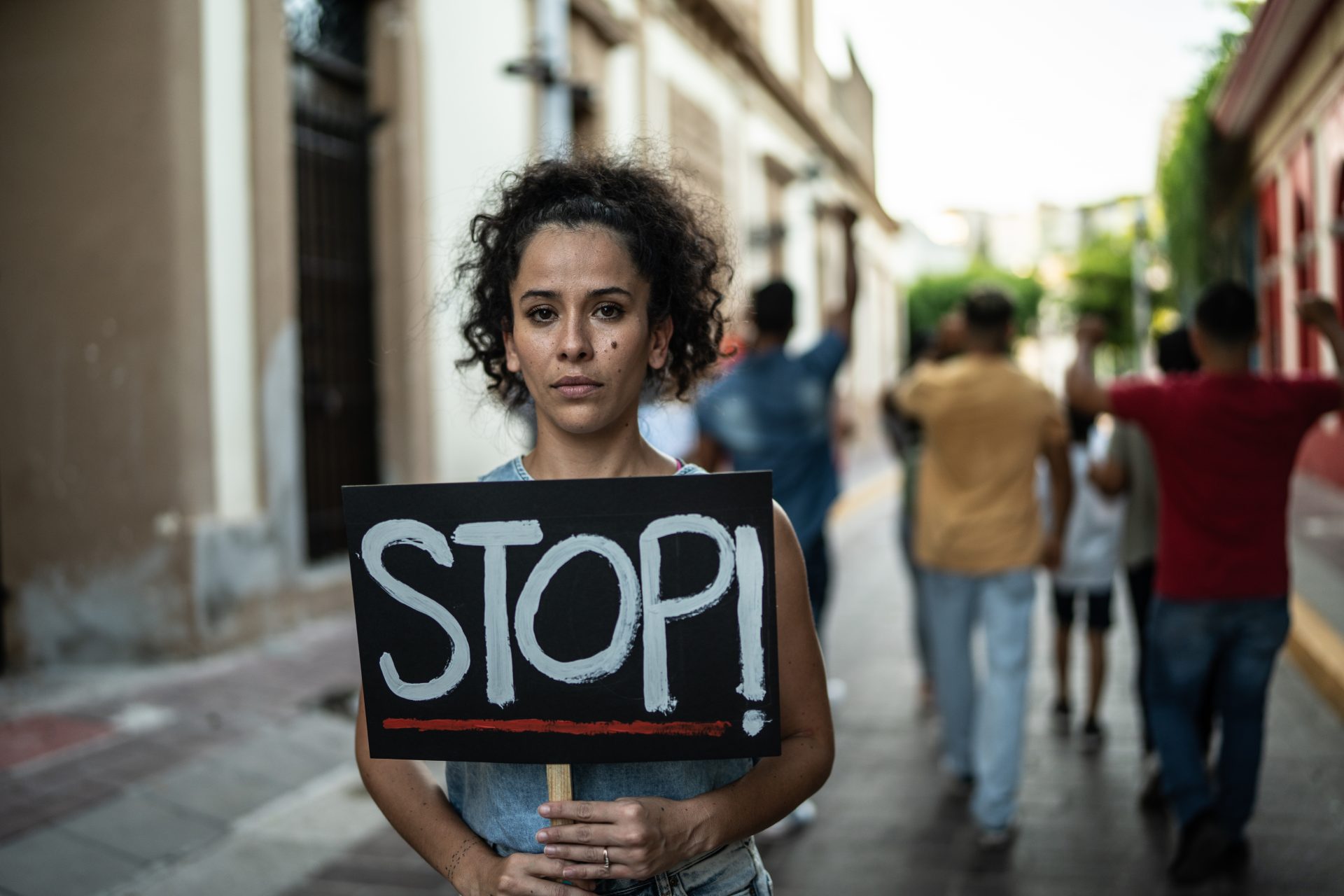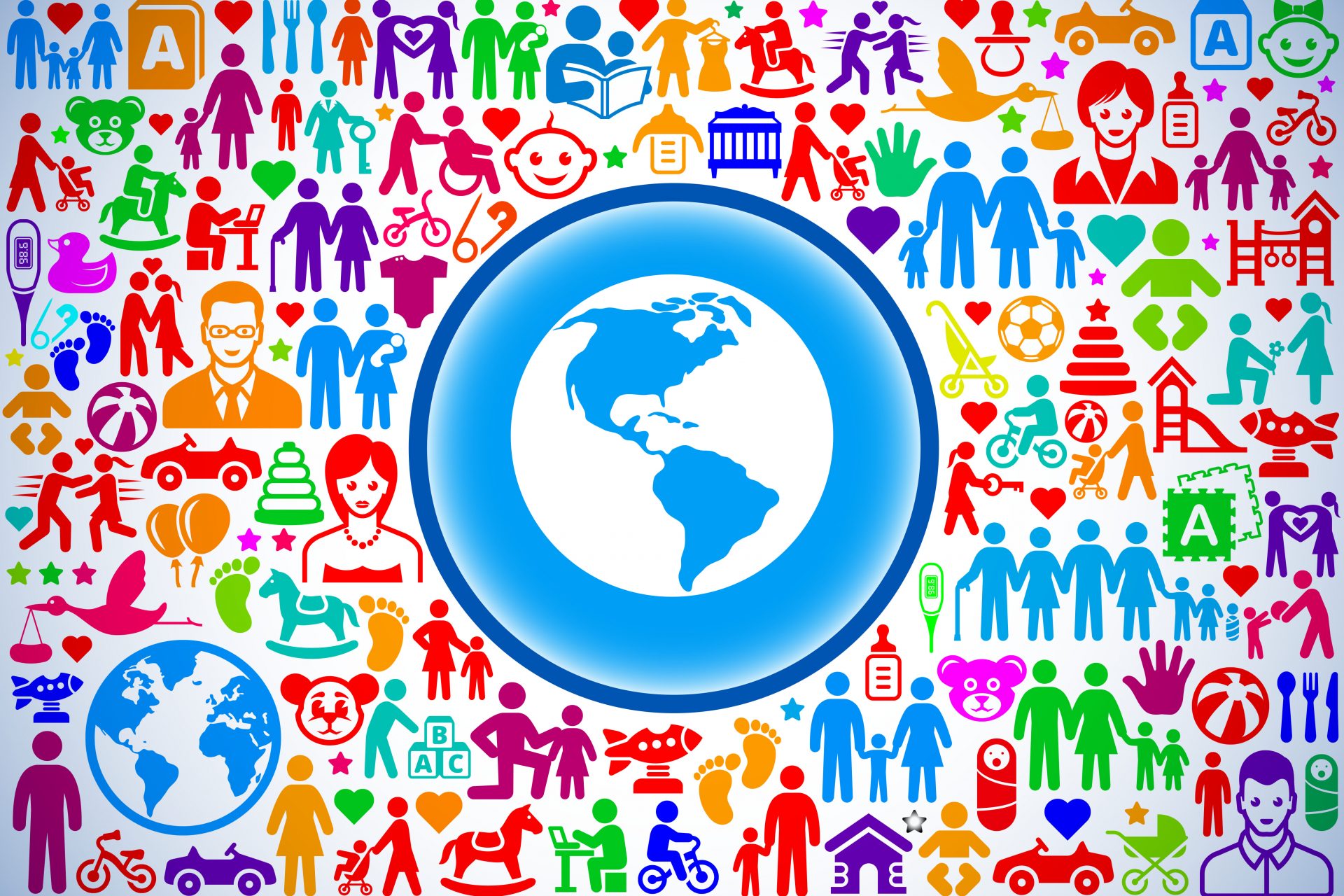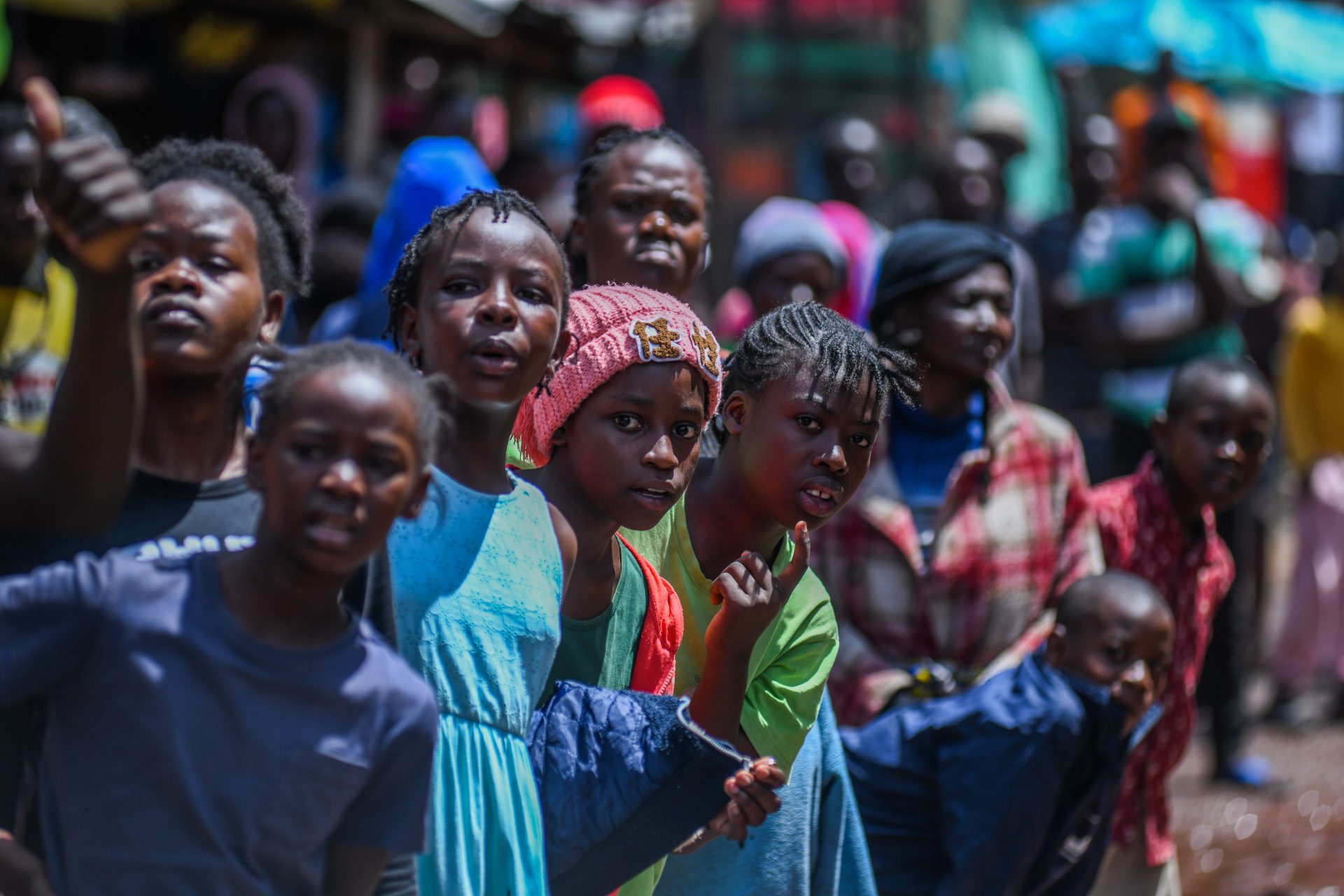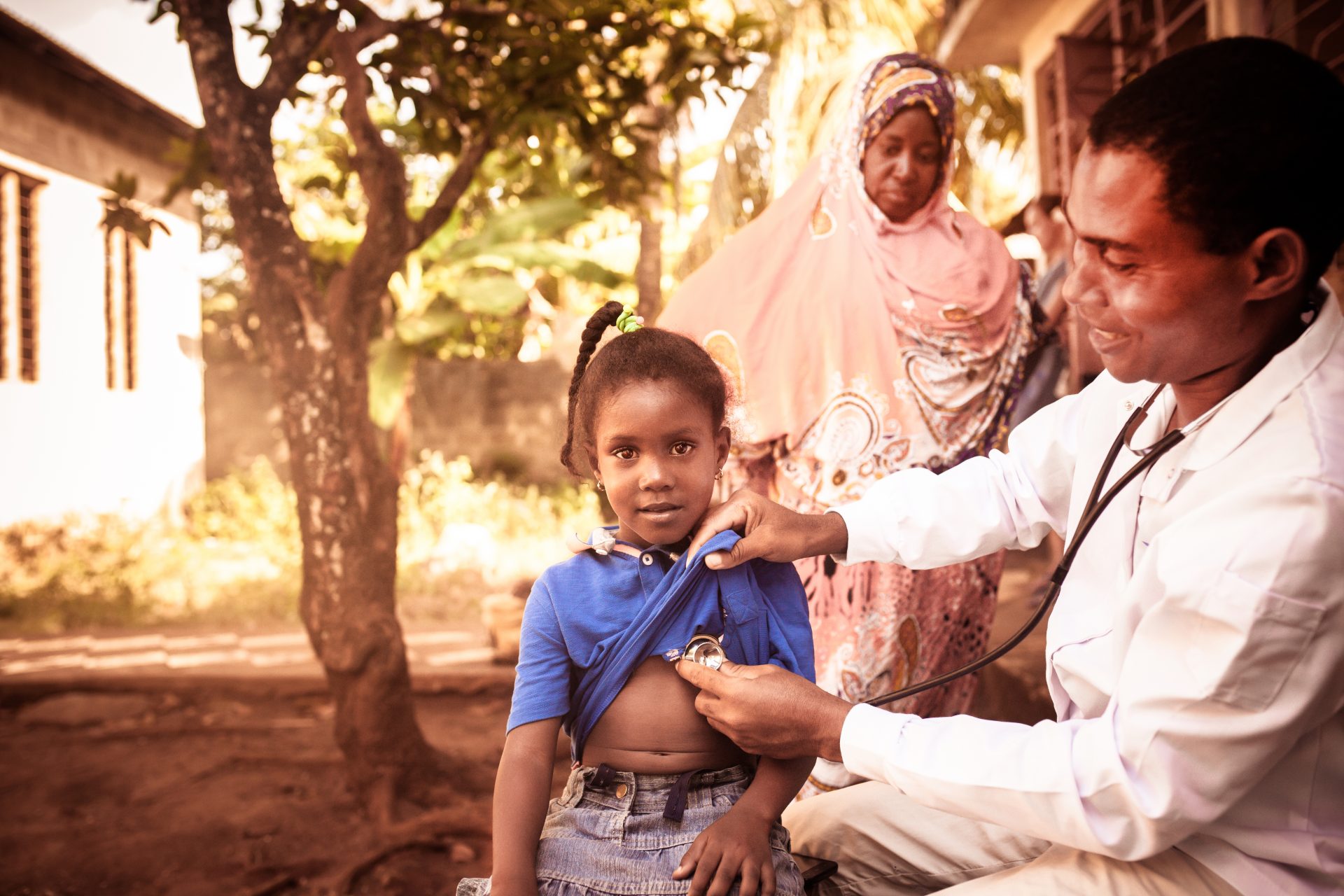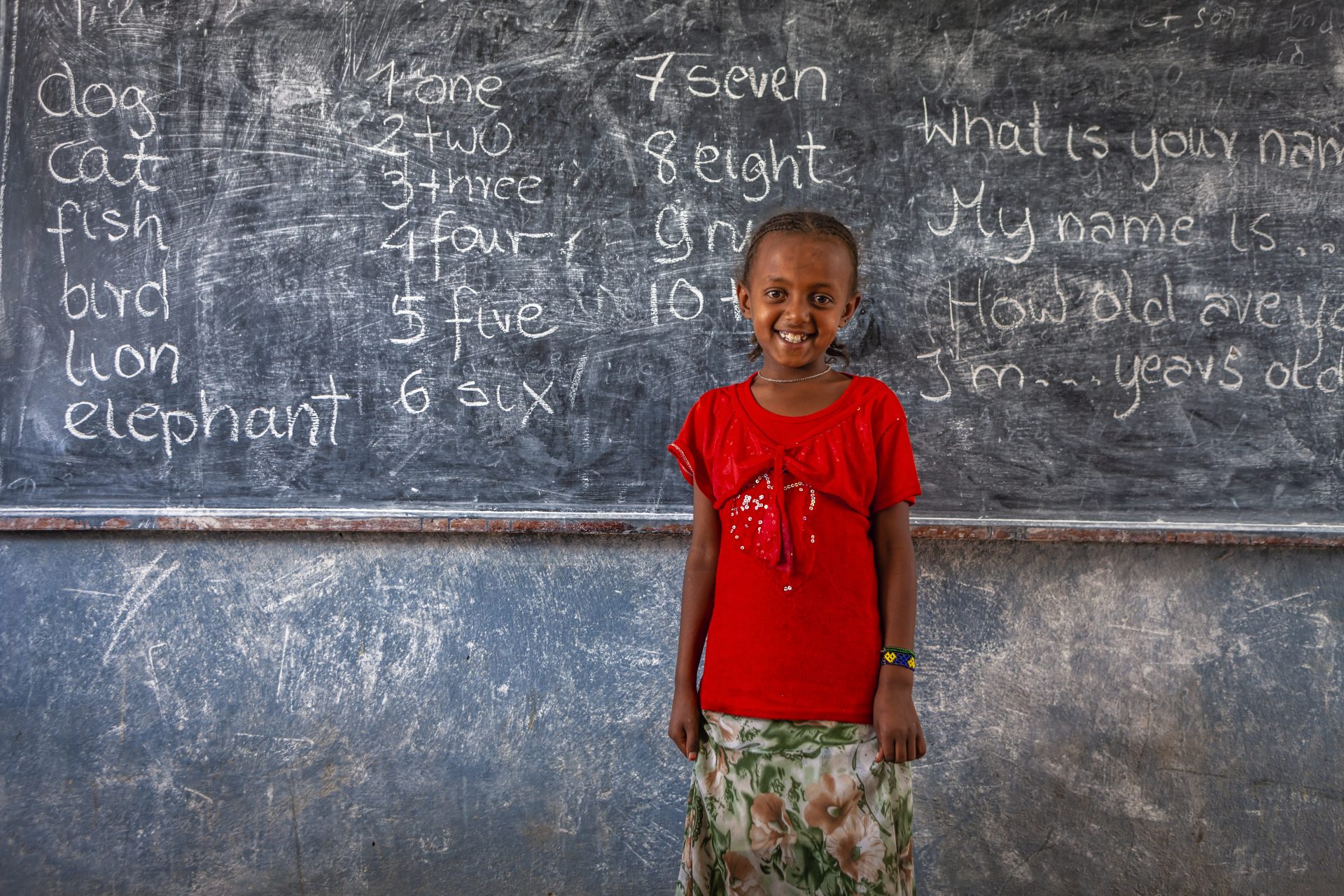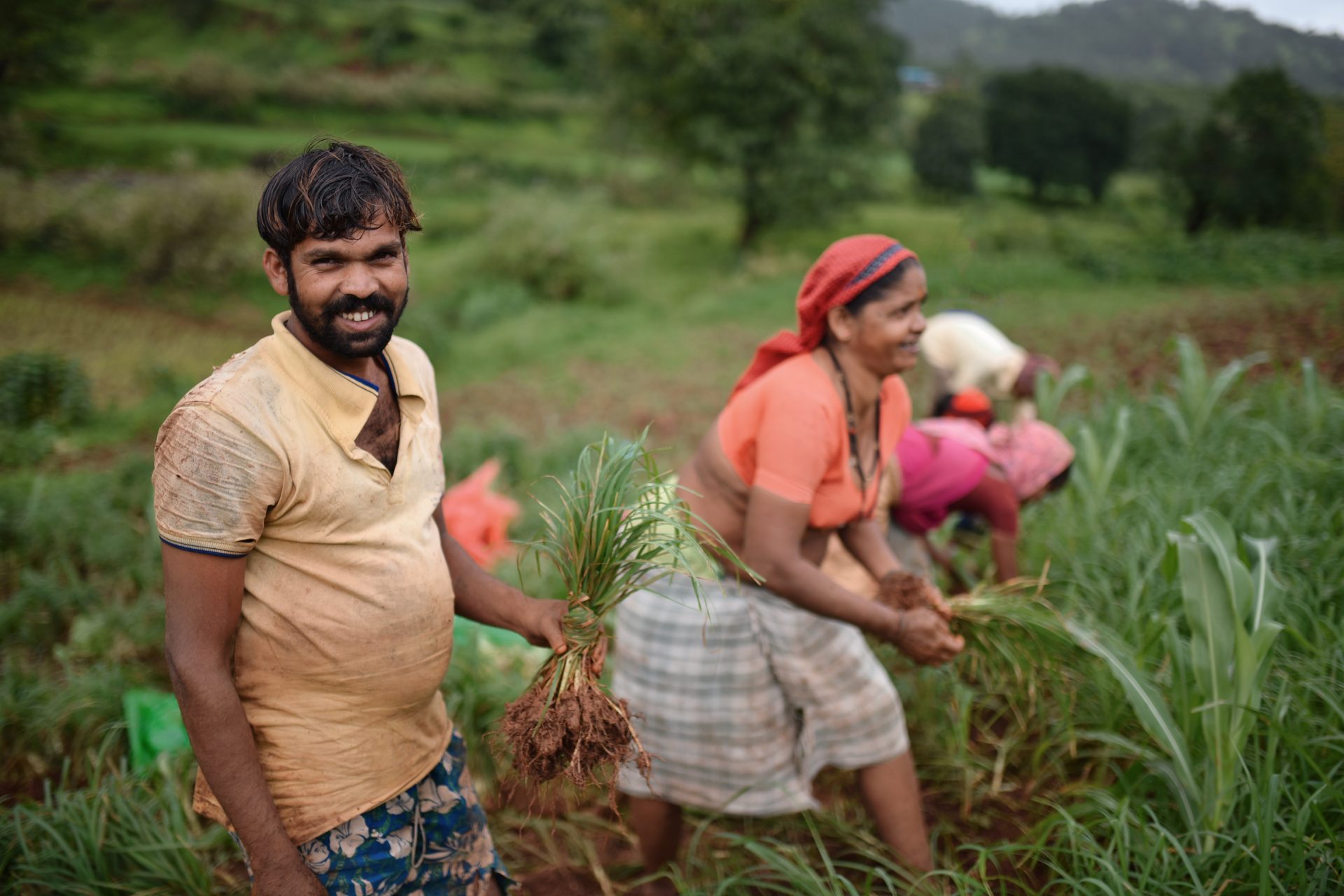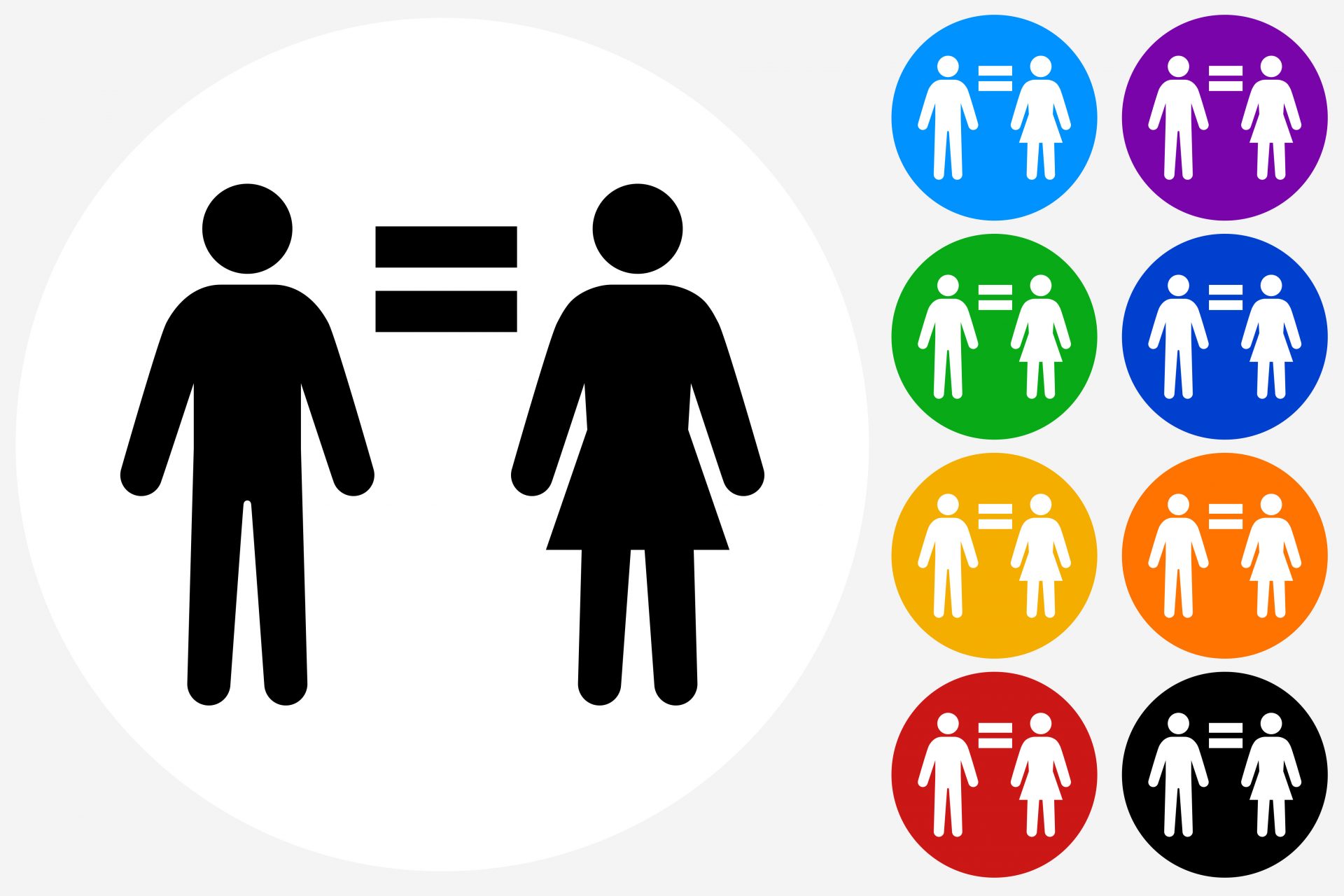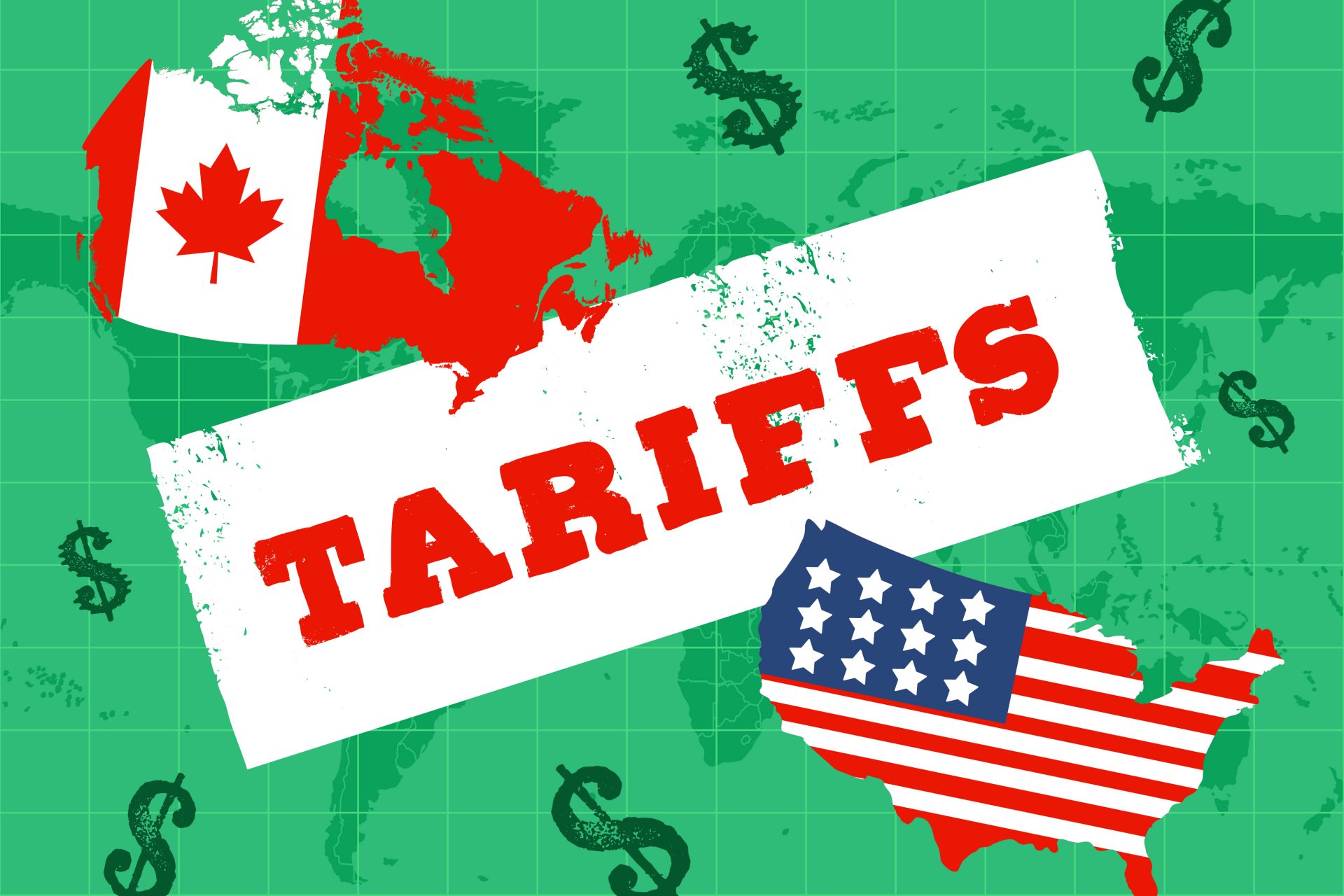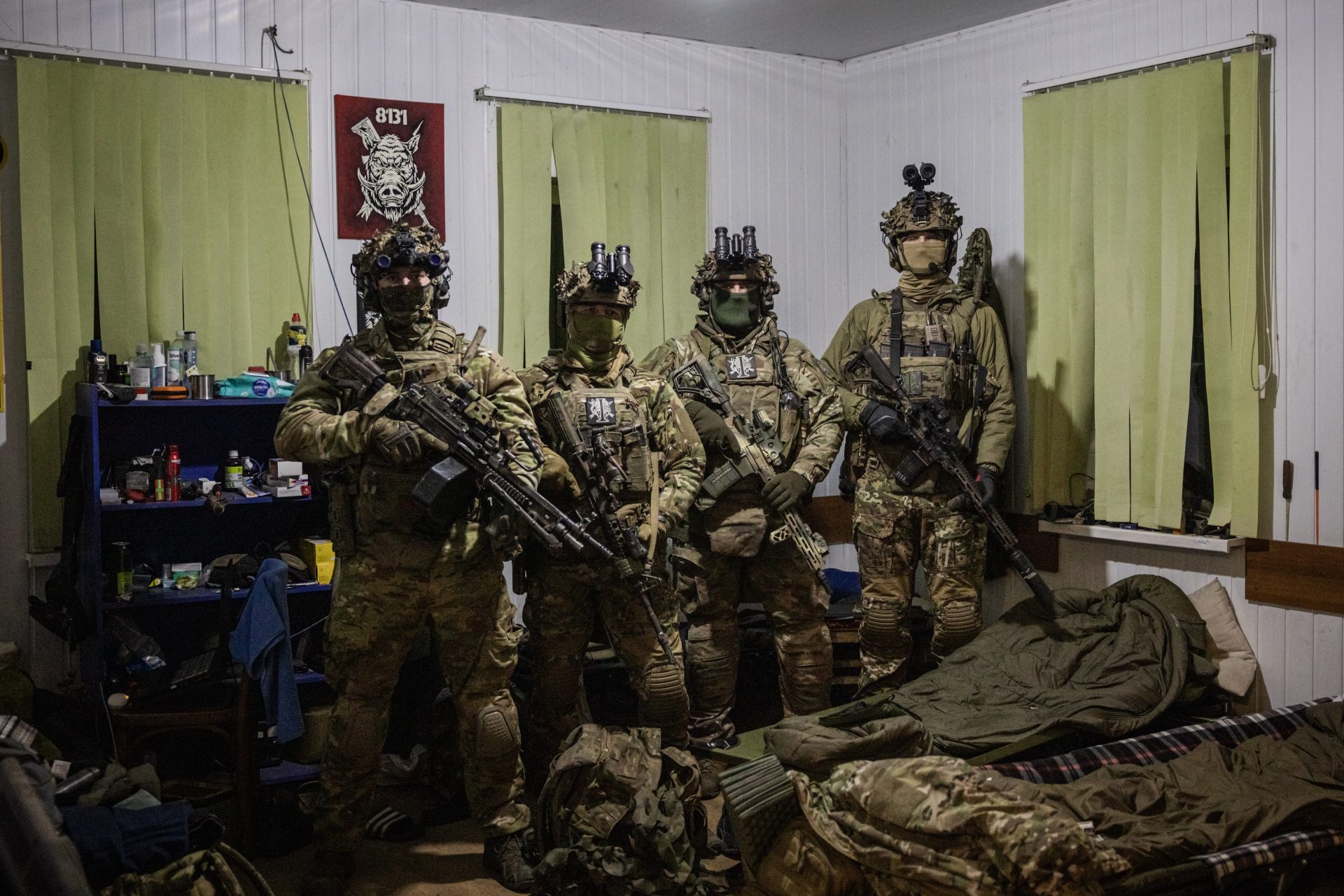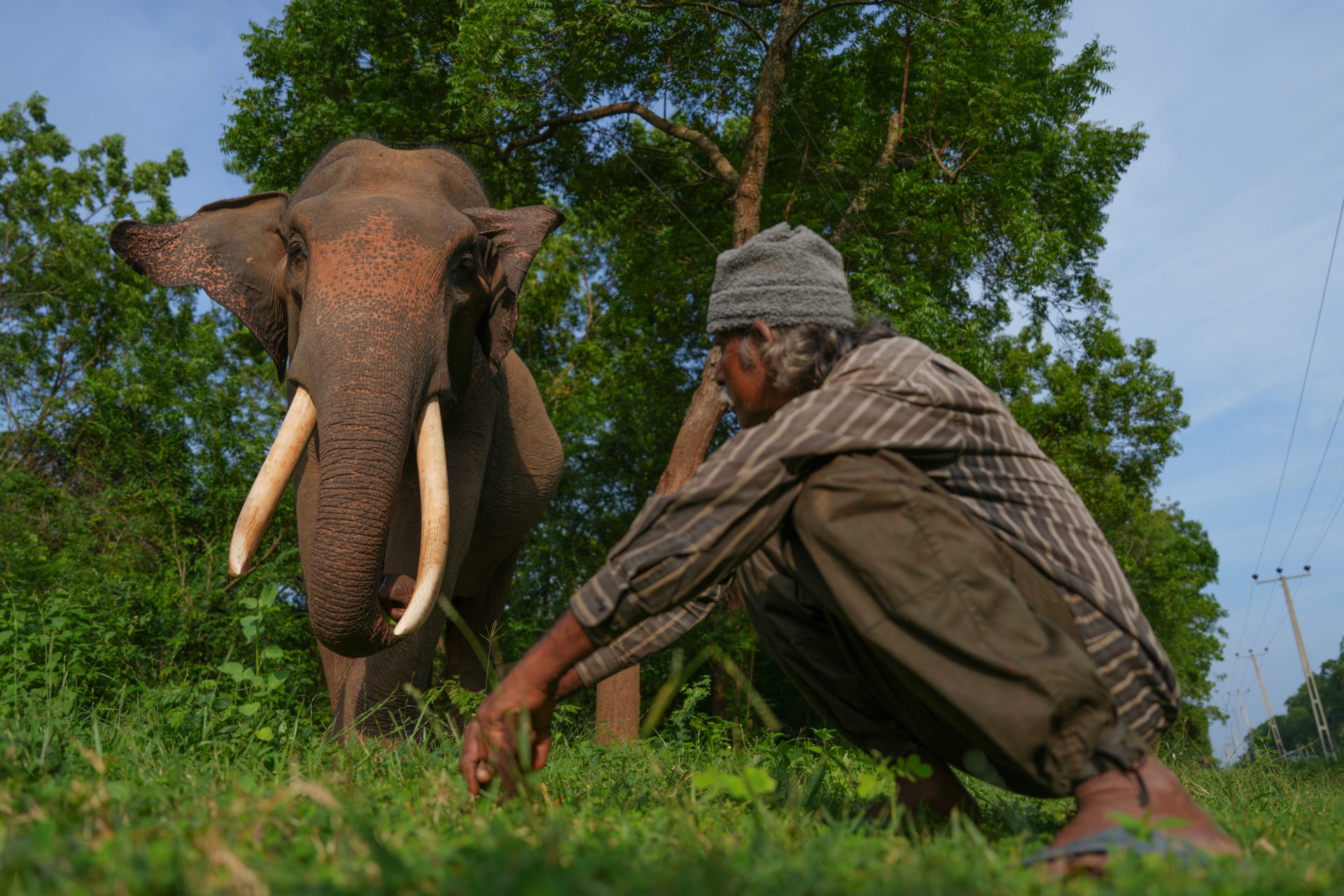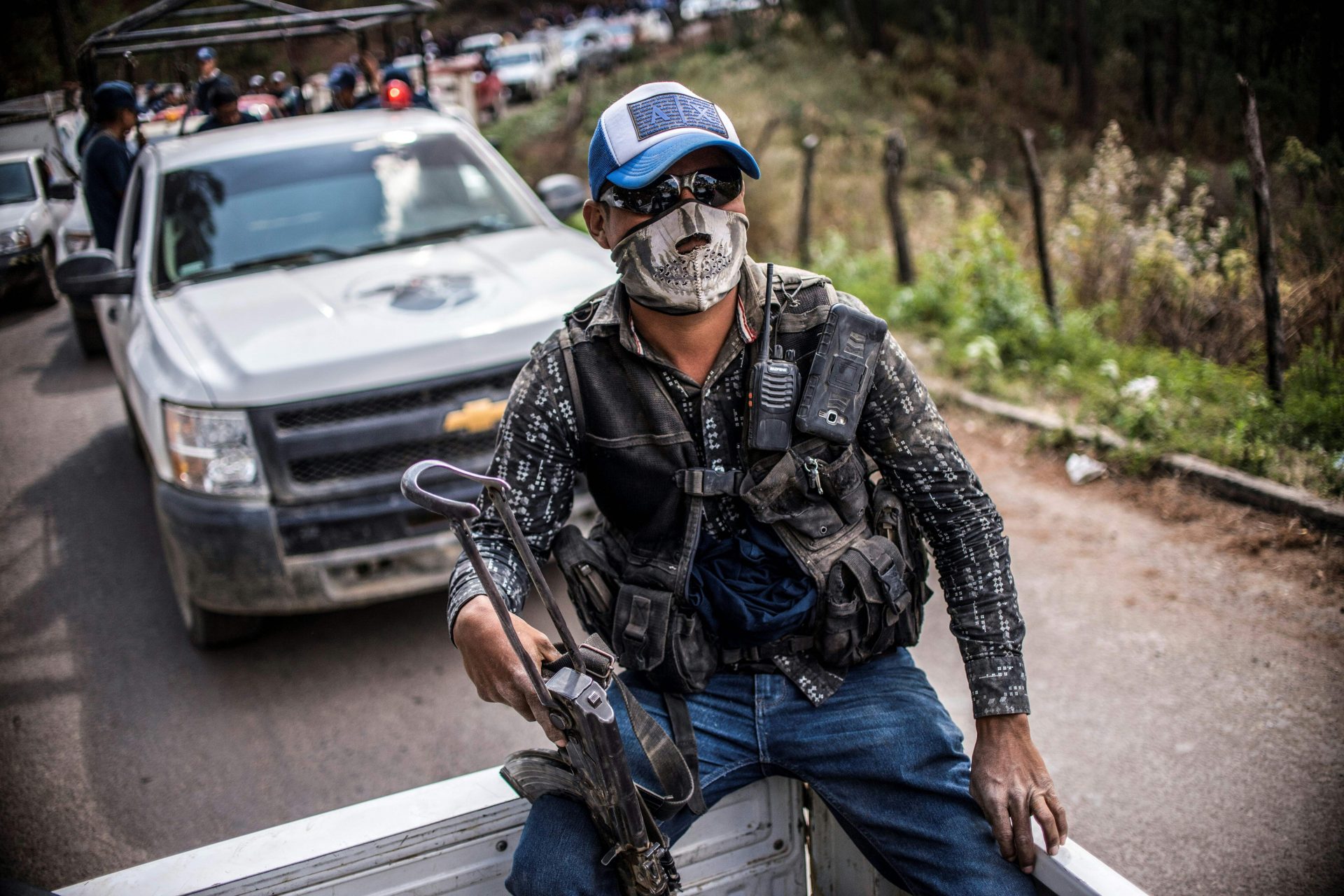Alarming increase in violence against women among young people
In a world where the gender gap is narrowing, there is growing concern about the increase in violence against women among young people. A complex phenomena, that requires comprehensive solutions.
According to the World Economic Forum, countries such as Iceland, Norway, Finland, New Zealand, Sweden, Germany, Nicaragua, Namibia, and Lithuania have closed at least 80% of their gender gap. Iceland (91.2%) takes first place.
The gender gap in health and survival has closed by 96%, in educational achievement by 95.2%, leaving behind economic participation and opportunities by 60.1%, and in political empowerment by 22.1%.
Gender parity in Europe is 76.3%, surpassing North America's 75% parity level. Latin America and the Caribbean are at 74.3%. North Africa has the lowest parity rate, at 62.6%.
So, the US and Canada are among the regions with the highest gender equality. Still, according to experts from both countries, Intimate Partner Violence (IPV) and Domestic Violence (DV) have grown.
Photo: Joice Kelly / Unsplash
In 2023, the Population Reference Bureau investigated the causes of rising young women's mortality in the US. Today, young women are more likely to die than at any point since 1960.
Photo: Annie Spratt / Unsplash
One of the reasons behind the trend is homicides. The Population Reference Bureau claims Millenian women are more likely to be killed young than Gen X women. Most of those homicides will be perpetuated by an intimate partner.
According to information by the National Coalition Against Domestic Violence, quoted by Psychology Today, IPV in the US currently comprises more than 20 percent of all violent crimes.
The surging in IPV and DV is not just a US problem. In Canada, an expert cited by Global News called the two forms of violence "an epidemic" in the country.
Another issue that concerns experts is that some states are not ready to respond to the increase in domestic violence when 30% of women are affected by it in the safest states.
Various risk factors contribute to violence, including individual, environmental, and social risks. New factors, like online content and interactions, must also be considered.
New technologies have further exacerbated the aggressor's desire for control over his partner, with his main objective being to maintain a position of power to direct and control the victim's behavior.
Many young people lack the education and tools to confront hypersexualization and early access to violent and sexist content for adults.
These factors also include population density, the structure of society, and the educational level—poverty and inequality fuel violence against women.
Indentity and social conditions can also be factors. According to the Population Reference Bureau, young women of color, LGBTQ women, pregnant women, and new mothers are at higher risk of dying young in the US.
First relationships can also constitute a risk. According to the World Health Organization, Young women (15 to 19) are the most affected by IPV. Almost 1 in 4 adolescent girls have already experienced abuse by 19 years old.
Youth homicide rates among men are significantly higher than among women. However, women are more at risk with their intimate partner, while men are at more risk with a stranger.
An expert cited by Global News said 46% of women homicides in Canada are perpetuated by a partner, against 6% in the case of men. More than 1 in 3 female homicide deaths in 2021 were committed by an intimate partner in the US.
Risk factors in the community and society include substance abuse and widespread access to firearms. According to the PRB, the US is among the high-income nations with the highest gun-related mortality rates.
According to an article published by the UN, achieving gender equality, which is included in the 2030 Sustainable Development Agenda, still presents great challenges.
Under a catastrophic climate scenario, food insecurity is projected to increase. It will likely affect up to 236 million more women and girls, nearly double that of men and boys.
No country is close to eradicating intimate partner violence, and only 27 countries have comprehensive systems to track and allocate budgets for gender equality and women's empowerment.
The number of women and girls in conflict-affected contexts has increased significantly, with catastrophic consequences. In 2022, the number of women and girls living in such contexts will reach 614 million, 50% more than in 2017.
According to the UN, 110 million girls and young women worldwide will pull out of school by 2030.
Inequality persists in wages and labor income. Globally, for every dollar men earn, women only earn 51 cents.
Achieving the UN objectives regarding gender equality still requires a great deal of work. How can we address this challenge and promote a safer and more equitable future for all?
More for you
Top Stories



